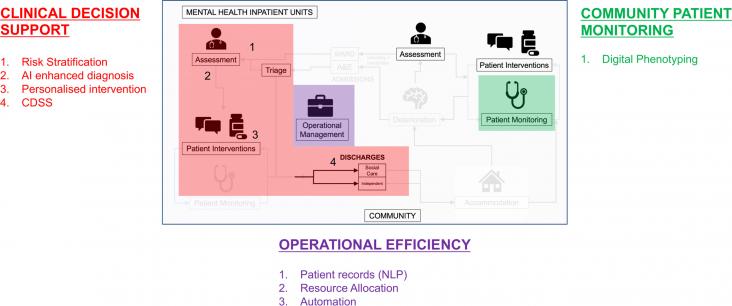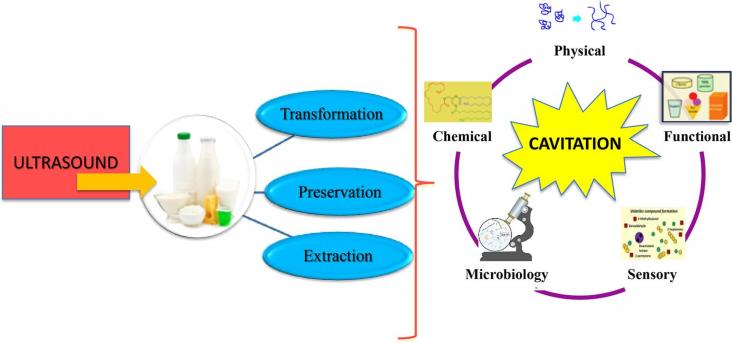
Introduction: Growing demand for mental health services, coupled with funding and resource limitations, creates an opportunity for novel technological solutions including artificial intelligence (AI).
Background: During the COVID-19 pandemic, the high workload, risk of infection, and safety issues for family members may pose a threat to the mental health of healthcare workers (HCWs) working in hosp
Objective: Information about the adverse effects of the COVID-19 pandemic on adolescent and adult mental health is growing, yet the impacts on preschool children are only emerging.
Background: Almost a quarter of the world's undernourished people live in India.
Poor weaning practice and malnutrition among under 5 (yrs) children are still major public health issues in Bangladesh.

Alternative methods for improving traditional food processing have increased in the last decades.
Global evidence suggests that maternal vaccination rates are partly related to intersectional gender-related disparities.
With the passing of Royal Decree-Law 16/2012, Spain's national health system switched from a model defined by universal and free health care principles, to a private insurance system that excluded lar
This paper supports SDG 3 and 10 by highlighting that stress, anxiety, depression, work overload, and burnout rates were higher among health-care workers of minority ethnic origin (Black and Latinx) in the USA during the COVID-19 pandemic than among their White counterparts. These findings demonstrate an urgent need to address these factors through structural reforms in order to better support overworked and undervalued health-care workers.
This Comment, written by two Black emergency room physicians, supports SDGs 3 and 10 by highlighting low vaccination rates for COVID-19 among Black Americans. The authors explain the historical context that has led to mistrust of the health-care system among many in the Black community and present COVID-19 vaccination as an opportunity to begin to make amends.
